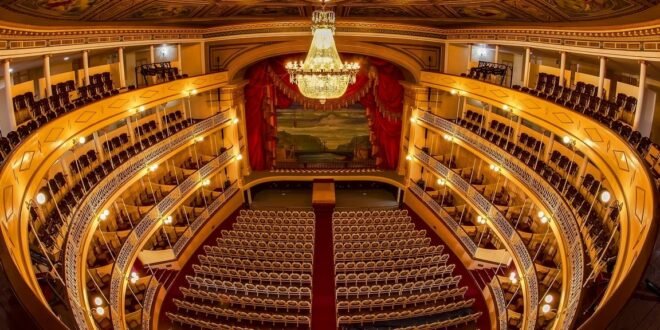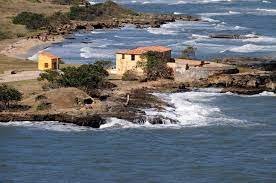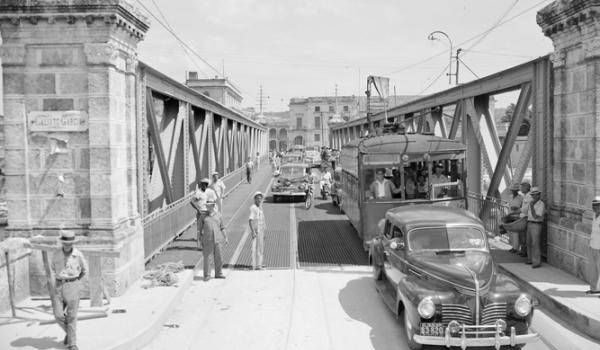The city of Matanzas is characterized by a rich cultural, patrimonial, architectural and urban heritage that led it in previous centuries to be recognized as the “Athens of Cuba”; with a natural beauty unexploited in its entirety and with an endogenous potential for investment and the development of city tourism.
How to access Matanzas?
It is a province that is magnificently connected to the rest of the country and has more than 2,770 km of paved roads. 100 kilometers east of Havana and about 18 minutes from Varadero.
From Havana, access can be through the Vía Blanca, a panoramic road that borders the north coast; by the National Highway towards the southern part of the territory and by the Central Highway.
In the province there is an international airport, Juan Gualberto Gómez, in Varadero, where more than 70 percent of the tourists who visit the city arrive and depart.
Tourist attractions of Matanzas
Matanzas has numerous and very valuable tourist attractions distributed mainly in the Hicacos Peninsula (Varadero resort, the most famous of Cuban beaches), the Zapata Peninsula, including Playa Girón and Playa Larga, and the city of Matanzas and its surroundings.
-
Hicacos Peninsula.

Varadero, constitutes the most beautiful of the Cuban beaches and one of the most important destinations in the Caribbean.
Its total area is 14.4 square kilometers, with an approximate length of 21 km of beach and an average width of sand strip of 22 meters.
It has facilities for nautical activities, golf, events and incentive trips, an attractive nightlife, all accompanied by a tourist infrastructure to guarantee customer satisfaction.
The transparency of its waters, the dissimilar shades of blue of the sea, its white and very fine sands, its warm climate, its vegetation and natural landscapes, make it an unforgettable spa.

It is located just 140 km from the City of Havana, 2 hours from the Ciénaga de Zapata, the largest wetland in the Caribbean and very close to the cities of Cárdenas and Matanzas.
-
Zapata Peninsula.

The Ciénaga de Zapata is one of the most charming and picturesque Biosphere Reserves in the south of the western Cuban province of Matanzas, which has important tourist attractions.
Those who visit it will have the opportunity to appreciate the natural beauties of the Peninsula through a panoramic tour of some areas of that biosphere reserve; You will verify the existence of an autochthonous fauna through bird watching, fishing and recreational diving or bathing in its crystal clear waters.
The area is known in the world for its famous crocodile farm (in the Laguna del Tesoro), with more than two thousand reptiles that reproduce in captivity. In addition, visitors from all latitudes recognize the excellence of the Boca-Guamá complex, the Aldea Taína, the Playa Girón museum (which narrates the epic of the Cuban people in April 1961), the Fish Cave, the Salinas Brito, the International Center Diving and ecotourism trails.
They will have the option of enjoying pleasant moments at the Fiesta Finca Guajira and at the Batey Don Pedro, the latter with a typical Cuban peasant construction style; It has 10 rooms built with palm wood.
-
The city of Matanzas and surroundings.

Bathed by the waters of the bay of the same name, this city has valuable tourist attractions and is a place worth visiting.
Matanzas is also called the “City of Bridges” because it is crossed by the mouths of the San Juan and Yurumí rivers and is limited to the east by the Canímar river. Among its main attractions we must mention:
- Parque de la Libertad, which emerged in 1800, is surrounded by some important buildings such as the Pharmaceutical Museum and the Artistic and Literary Lyceum and is closely linked to Cuban culture as it is the place where the danzón premiered in 1879, one of the rhythms nationals.

- The Pharmaceutical Museum is an old pharmacy from the 19th century that preserves its furniture and instruments in perfect condition.

- The Sauto Theater, one of the architectural jewels of the island and in which the frescoes by Daniel D’Allaglio stand out.

- The Plaza de la Vigía in whose surroundings there are several buildings of high architectural and historical value such as the Fire Station, the old Customs House and the Junco Palace, today the Provincial Museum of History, as well as the ruins of the San Severino Castle in the Dock area.

- The city is flanked by a beautiful boardwalk that borders a part of the bay and where there are areas used as beaches, especially towards the eastern end where there are small but interesting beaches such as Buey-Vaca, El Mamey and others.
The bay itself is a strong attraction for tourism and an appropriate area for water sports and sport fishing.
- Canímar River, an attractive river located to the east of the city, navigable and bordered by exuberant vegetation. You can rent there the implements and boats to fish and row and spend a pleasant afternoon in a relatively natural environment. An incredible landscape that can hardly be seen from the road (Vía Blanca), unless the car stops.

- El Castillo del Morrillo, an old Spanish fortress at the mouth of the Canímar River, today a museum dedicated to Antonio Guiteras Holmes, a revolutionary leader killed on the spot by the repressive forces of dictator Geraldo Machado, in 1934.

- The Hermitage of Our Lady of Monserrat, built by Catalans in the 19th century and with spectacular views over the Yumurí Valley and the Bay of Matanzas.
- The Yumurí Valley, located to the west of the city and formed by the Yumurí and Bacunayagua rivers, is undoubtedly one of the most beautiful valleys on the island. It is distinguished by the gentle hills that surround it and the mosaic of farms that stand out in the background.
- Laguna de Maya, one of the best places in this region to practice snokerling from the same coast without running risks.
In this protected area (Reserve of Flora and Fauna) there is a guide service (to visit the reefs in the area, near the coast) and equipment rental for snorkeling.
There is also a rustic bar and restaurant, boat and horse rental, and there is an ecological trail of about 3 km in length to Cueva Saturno.
Laguna de Maya is about 15 km east of the city of Matanzas on the highway that goes to Varadero and 7 km, also east of Río Canímar.
In short, Matanzas offers a rich variety of natural landscapes and historic buildings that will allow you to enjoy your trip, so do not forget to include this interesting city in your next adventure.











